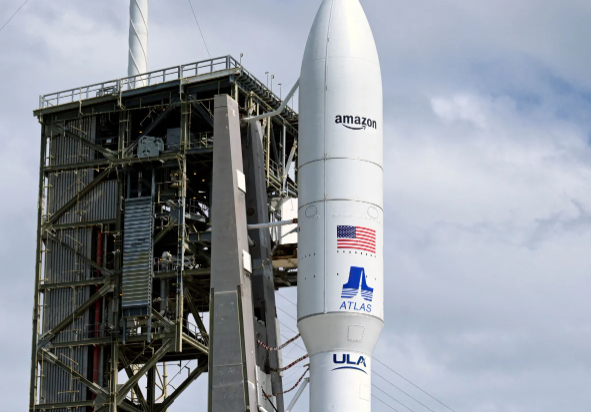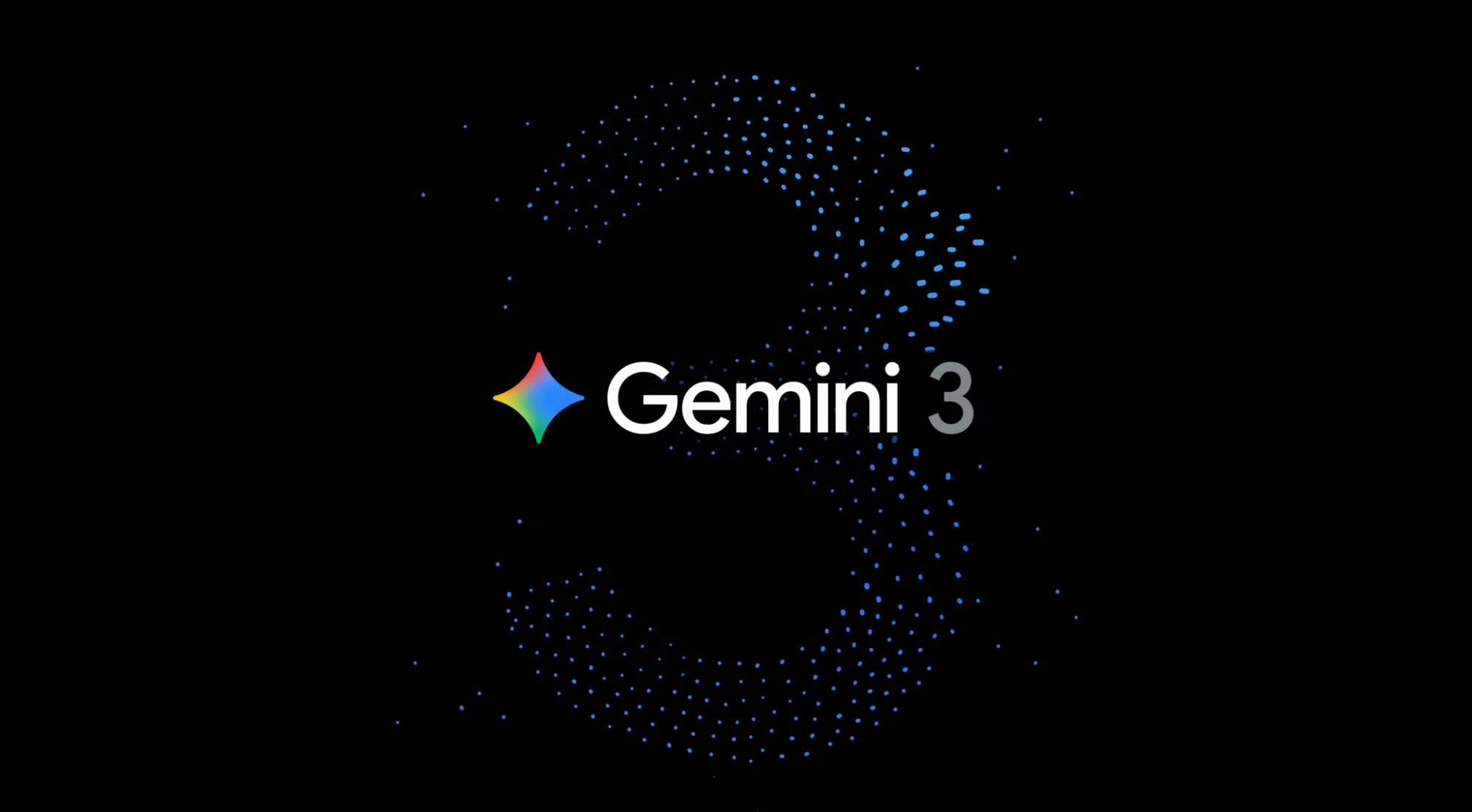
On April 29, 2025, Eastern Time, Amazon sent the first batch of 27 Kuiper broadband satellites into low-Earth orbit via the United Launch Alliance's Atlas 5 rocket. This launch, which was delayed by a year, marks the official entry of Bezos's $10 billion satellite Internet plan into the actual combat stage, and also formally challenges Musk's Starlink. This "Amazon-Tesla War" in the space field will reshape the pattern of global communication infrastructure.
The Kuiper constellation plans to deploy 3,236 satellites, operating in low-Earth orbit 500-2,000 kilometers from the ground. Compared with the current scale of Starlink with more than 5,000 satellites, Amazon has chosen a more streamlined layout. Each Kuiper satellite is equipped with a phased array antenna and a laser link, which can achieve a single-user download speed of 400Mbps and a delay of less than 20 milliseconds. This design takes into account both performance and cost: low orbit reduces signal transmission loss, and laser communication technology breaks through the traditional RF bandwidth limitations.
Rajeev Badyal, head of Amazon's satellite team (former SpaceX engineer), revealed that the first batch of satellites have integrated the third-generation ionospheric compensation algorithm, which can automatically adjust the signal frequency to deal with atmospheric interference. More importantly, the Kuiper system is deeply bound to AWS cloud services, and the ground station is directly connected to Amazon's global data center network. User data does not need to be transferred through a third-party backbone network, which can theoretically improve the stability of cross-border access.
Facing latecomers, Starlink has built an insurmountable first-mover advantage. Since the first satellite entered orbit in 2019, SpaceX has reduced the launch cost to US$1,500 per kilogram by frequently iterating the carrying capacity of "Starship". The "swarm network" consisting of more than 5,000 satellites in orbit has been tested in actual combat on the Ukrainian battlefield-even if the ground base station is destroyed, the single-soldier terminal can still maintain communication through satellite relays.
The Starlink 2.0 plan announced by Musk in March this year is even more ambitious: the new batch of satellites will be equipped with Hall thrusters and have in-orbit maneuverability; the Ka/Ku dual-band design can serve civil airliners and 5G base stations at the same time. More importantly, Starlink has signed service agreements with 89 countries around the world, with annual revenue exceeding US$3 billion, forming a virtuous cycle of "launch-service-profit-relaunch".
Amazon's strategy to break the deadlock is clear: avoid the urban market where Starlink focuses, and focus on serving 300 million people who are not connected to the Internet. The micro ground stations established by the Kuiper team in Africa and South America can directly provide WiFi hotspots for remote villages. Pilot projects in Indonesia show that the Kuiper terminal equipped with a solar power supply system can stably transmit remote diagnosis and treatment data for rural clinics.
The bigger killer comes from the AWS ecosystem. Enterprise users can directly manage satellite links through the cloud service console and connect IoT devices in remote mining areas and offshore drilling platforms to the global network. This "cloud + terminal" integrated solution is Amazon's core weapon against Starlink's single-soldier combat mode.
Behind this commercial competition, there is a gray area of international supervision. The European Union has just launched an antitrust investigation into Starlink's "support for humanitarian communications" in the Gaza region, and six of the first batch of Kuiper satellites are equipped with undisclosed "government experimental payloads." More urgent is the competition for orbital resources: the International Telecommunication Union warns that the current number of satellites that can be accommodated in low-Earth orbit is close to saturation, and the expansion of the two giants may cause "space traffic accidents."
At the control center of the Florida launch site, Bezos announced via video link: "What is launched today is not only a satellite, but also the hope that every child can learn online." But the capital market is more concerned about reality-the first-year operating cost of the Kuiper Project is expected to reach US$1.5 billion, and whether Amazon can complete the FCC's hard target of deploying half of its satellites in 2026 will directly determine the direction of this space race. When the idealism of technology giants collides with the cruel laws of the business world, the ultimate winner may need to redefine the price of "connecting all mankind."

On December 18th, the AI industry witnessed a major year-end breakthrough — Google unexpectedly officially launched the Gemini 3 Flash model.
On December 18th, the AI industry witnessed a major year-en…
President Trump faces challenges in addressing current US e…
On December 17, 2025, the Venezuelan government officially …
The European Central Bank's (ECB) recent signal of "expecti…
Recently, key leading indicators in the global business fie…
The last EU summit of this year is about to be held. Ukrain…